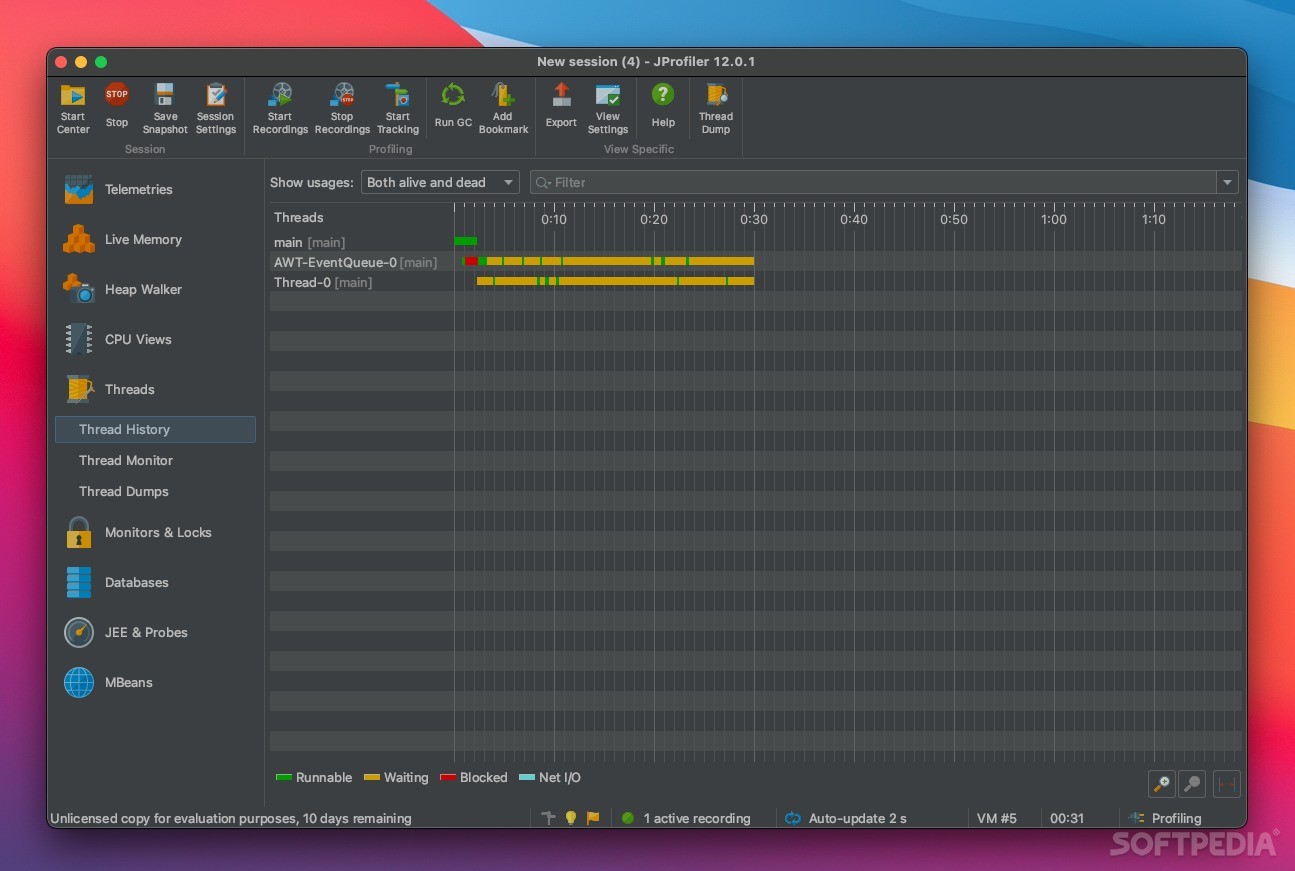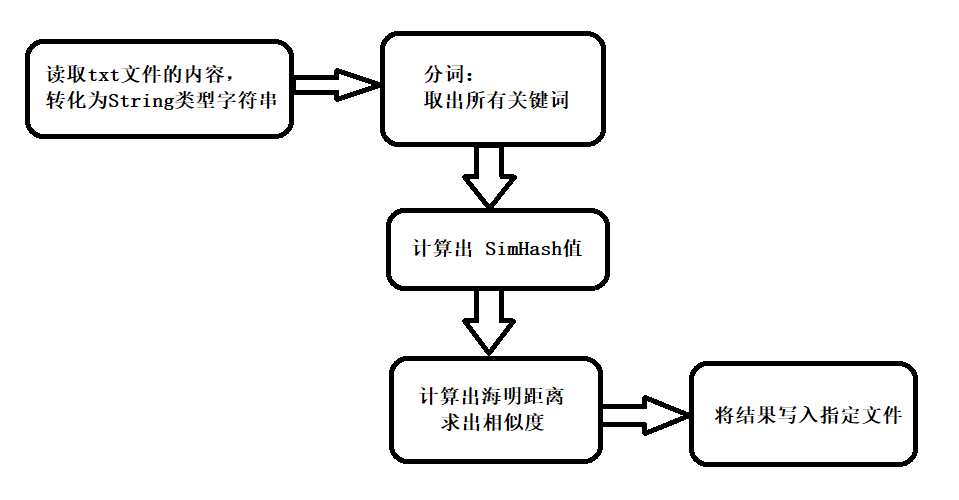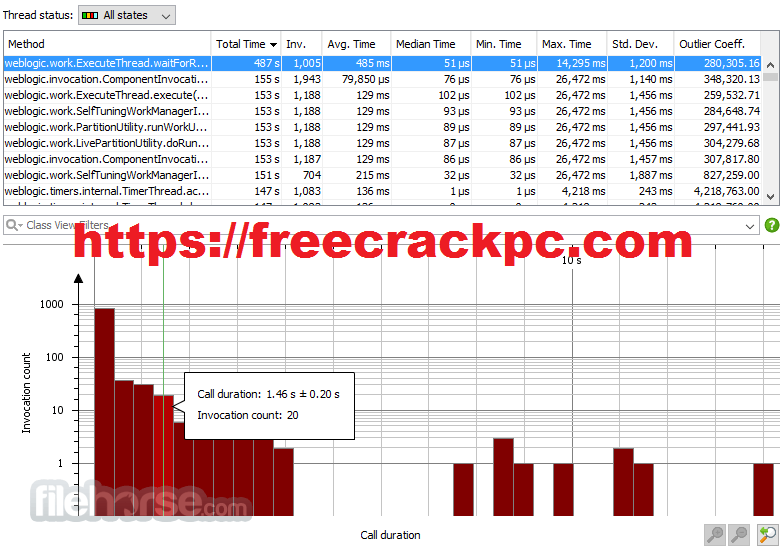

- JPROFILER 9 DOWNLOAD DOWNLOAD
- JPROFILER 9 DOWNLOAD FREE
Once you are finished accessing your webpage, try closing the browser and check whether created instances for respective class go down. In the above screen I clearly see number of instances have been created and their size for my class/package. I don’t have any application running on my server, but I captured below screen for tuning one of my project. This creates enough traffic on the server then you may have to change “Aggregation level” and use “Vie Filters” option. If you want to check memory leakages for specific classes or at package level first try access your respective webpage through the URL in browser. You may also see the size of those instances occupying in memory. This screen specifies the number of instances have been created for each class. By this time I assume your Server is running under profiling mode (In fact I would say listening to JProfiler for tuning). Using JProfiler to find Memory Leakage (Tags: JBoss Memory Leak / JBoss Memory Leakage) Check whether your JProfiler is started JBoss server as well? Check Trouble shooting section if your server is not started with JProfiler. Once you click Ok in Session Start-up window, you may notice that your JBoss server has already been started. Instrumentation covers all features to be tune, so I am going with this. In the next step, you may have to specify Initial profiling settings whether Instrumentation/Sampling. By this step your application is ready to be profiled and will be automatically started. By this step, we have done enough configurations and our integration is finished. Check the required modifications we have done so far then click on Next. In my case no other application using this port so I am going with the default. JPROFILER 9 DOWNLOAD FREE
JProfiler by default uses 8849, check if you have this free (by using DOS command “netstat –aon”) otherwise you may have to change this port. In the next wizard, you have to specify the port to be for profiling connection. Specify the run.bat location by browsing. In the next step, you have to specify the batch/script file used to start your application Server.

In the next wizard you have to specify whether your application server (JBoss) would like to wait for a connection from JProfiler GUI! I am specifying “wait for a connection from the Profiler GUI” because it is easy to configure and flexible. Also please check the box if you are using 64bit JVM! Here are my settings Please select appropriate JVM vendor, version and Mode.

In next wizard you have to specify JVM vendor you have been using in your machine. In my case, I have my JBoss server in local machine If you are trying to profile remote server, you may have to have JProfiler agent running on remote server. In the next screen you have to specify where this JBoss server resides. I am using JBoss EPP 4.3 so I am selecting JBoss 4.x server from list.
JPROFILER 9 DOWNLOAD DOWNLOAD
Once JProfiler is download start the JProfiler using its exe or from start menu. The following servers/tools have been profiled using JProfiler while preparing writing this blog. JProfiler – Please download this profiling tool from.JBoss Application Server (EAP/EPP) – Get the latest JBoss server from.The following servers/tools are required.

This is my first technical blog and would like to discuss my experience in profiling JBoss Application Server (EAP/EPP) using JProfiler.








 0 kommentar(er)
0 kommentar(er)
